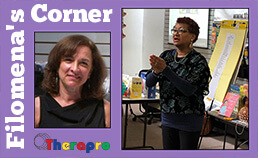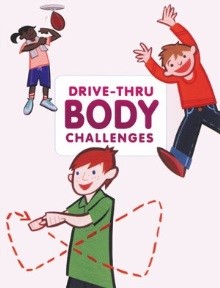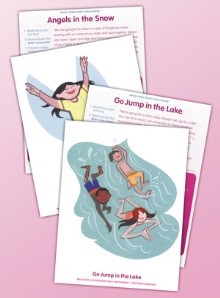Supporting reading means more than teaching literacy—it’s about building the underlying skills that make reading possible. This is especially true when reading is hindered by other difficulties such as visual inattention, visual impairments, or sensory processing difficulties. There are many low to high-tech assistive technology options that can help support reading. With so many options available, how do you decide which option is best for your needs? Here is a quick breakdown!

Use Colored Overlays When More Contrast or Clarity is Needed
Colored overlays can help with print clarity. Improving print clarity can be helpful in decreasing eye strain and fatigue. It can also help by increasing reading attention and overall comprehension. Options to improve contrast include Highlighter Strips and Reading Guides. Highlighter Strips work by brightening written words. Reading Guides help improve contrast. Pro tip: color preference varies, try different colored reading guides to see which your eye responds to best!
Use Magnification When an Increase in Size is Needed
Enlarging text and images can help reduce eye strain and fatigue (and can also minimize simple errors!). The Ultradome is a great tool for this! The Ultradome works by gathering light and providing 4x power direct magnification.
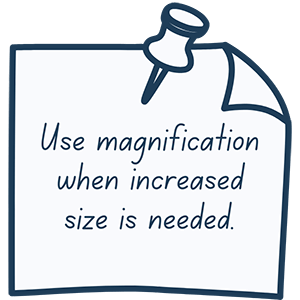
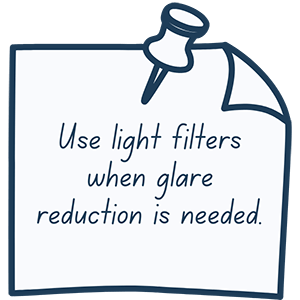
Use Light Filters When Glare Reduction is Needed
Glare results when too much light enters the eye. It can come from either a direct or a reflected light source. Glare can be distracting and can also make it difficult to read text or see images. Overhead fluorescent lights are a major source for glare in classrooms and office spaces. Light Filters are a simple solution for minimizing glare that comes from overhead lights.
Use a Reading Guide Strip When Tracking is Difficult
Difficulty with eye tracking can cause readers to skip lines or words and can decrease reading speed. This may also impact overall reading comprehension. Reading Guide Strips make it easy to track print through a transparent tinted window. Even better, they are available in a variety of colors making it easy to find the eye’s preferred color!


Use Slant Boards to Increase Visual Attention
Bringing visual material closer to the eye can help increase visual attention. Slant Boards and Book Holders are both great tools for this job! Pro Tip: adjustable slant boards offer maximal flexibility with finding the right angle!
The ability to read is more than just literacy skills! Low tech adaptations and modifications can make the difference between a successful reader and a struggling reader.

